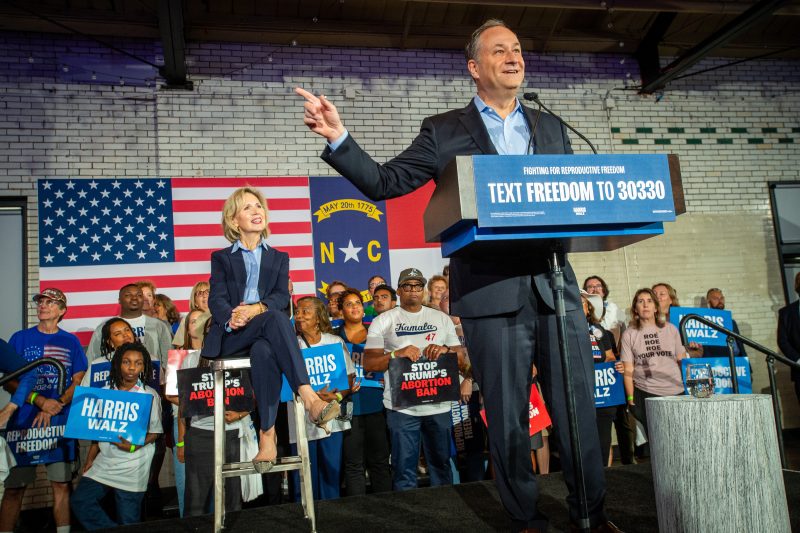In the realm of politics, the public eye is often fixed on prominent figures who play a crucial role in shaping the narrative of a campaign. In the recent election season, the stark contrast between the visibility of Doug Emhoff, husband of Vice President Kamala Harris, and Melania Trump, former First Lady of the United States, has sparked discussions and comparisons among political analysts and the public.
Doug Emhoff has proven to be a dynamic and active presence on the campaign trail, solidifying his position as more than just a spouse in a political power couple. His engaging and supportive demeanor has garnered appreciation from supporters and political commentators alike, positioning him as a significant figure in the landscape of the nation’s political discourse.
Emhoff’s background as a successful entertainment attorney has provided him with a unique perspective and a robust network that he leverages effectively in his role. His charm, approachability, and relatable persona have made him an asset to Vice President Harris’s campaign, as he connects with voters across different demographics and regions.
On the other hand, Melania Trump’s conspicuous absence from the campaign trail has drawn noticeable attention. As the former First Lady of the United States, Melania wielded significant influence during her time in the White House, but her low profile following the presidential transition has left many questioning her role and impact on the political landscape.
Melania’s silence and absence from public engagements have generated speculation and curiosity, with contrasting views emerging on her strategic choice to maintain a private life post-White House. Some argue that her absence speaks volumes about her disengagement from the political sphere, while others posit that she may be recalibrating her public image and future endeavors.
The differing approaches of Emhoff and Melania reflect the evolving dynamics of political spouses in contemporary times. Emhoff’s active involvement highlights the increasing expectation for partners of political figures to play a visible and supportive role in campaigns, while Melania’s choice to step back underscores the complex interplay between personal desires and public expectations in the realm of politics.
In conclusion, the contrasting engagements of Doug Emhoff and Melania Trump on the campaign trail offer insightful perspectives on the evolving roles of political spouses and public figures in the contemporary political landscape. Their approaches, while distinct, shed light on the diverse paths individuals navigate when thrust into the public eye, and underscore the nuanced dynamics that shape our perceptions of prominent figures in politics.



























